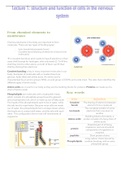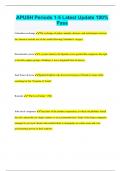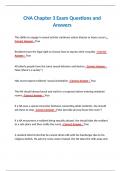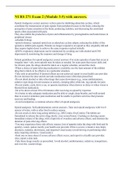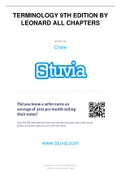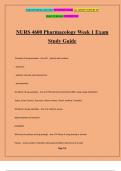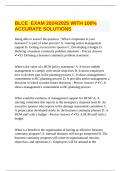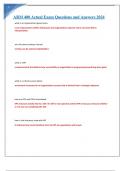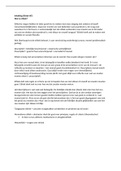Summary
comprehensive summary on biological psychology
- Course
- Institution
- Book
Comprehensive summary of the lectures and book for the course biological psychology. I will be updating my summary weekly along the course of the course. At the moment I have summarized lecture 1 until 12. I am also working on some practice questions. This will be finished soon.
[Show more]
